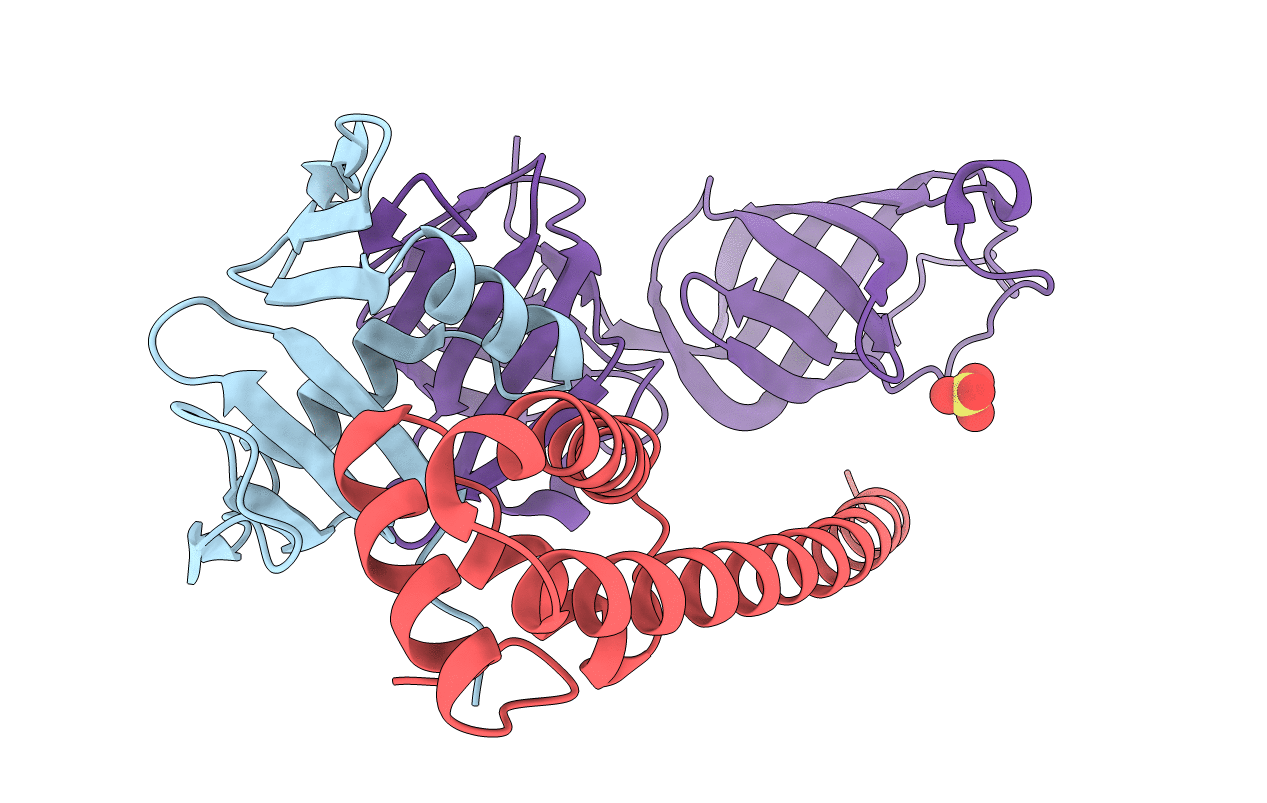
Deposition Date
2016-02-12
Release Date
2017-06-28
Last Version Date
2024-11-13
Entry Detail
PDB ID:
5I4Q
Keywords:
Title:
Contact-dependent inhibition system from Escherichia coli NC101 - ternary CdiA/CdiI/EF-Tu complex (domains 2 and 3)
Biological Source:
Source Organism:
Escherichia coli NC101 (Taxon ID: 753642)
Escherichia coli (Taxon ID: 469008)
Escherichia coli (Taxon ID: 469008)
Host Organism:
Method Details:
Experimental Method:
Resolution:
2.35 Å
R-Value Free:
0.21
R-Value Work:
0.18
R-Value Observed:
0.18
Space Group:
P 4 21 2


